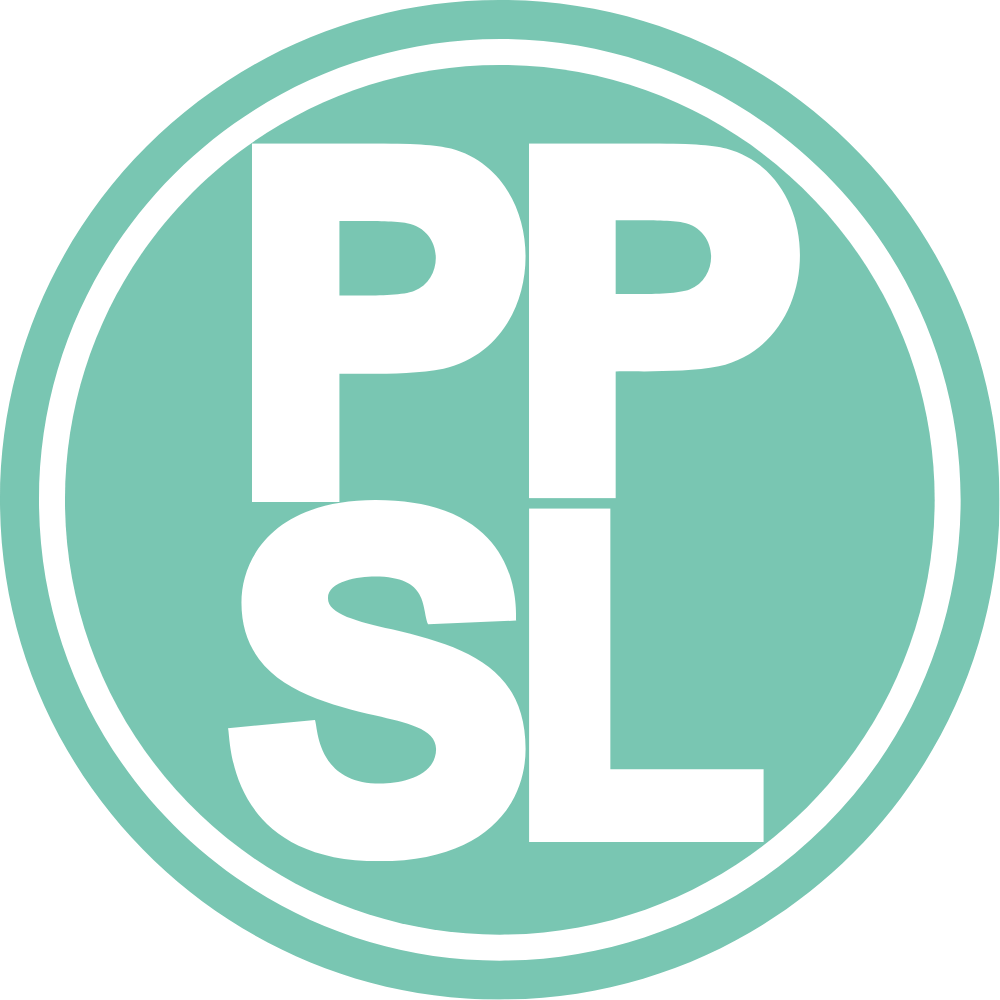
Parent PLUS Loans
ACTION ALERT:
On July 3, 2025, Congress passed the “One Big Beautiful Bill Act,” which will bring significant changes to the student loan system. The law reshapes the Parent PLUS loan program by imposing new caps on lending and restricting access to Income-Driven Repayment (IDR), which allows borrowers to set their monthly payments based on their income.
Under the new law, Parent PLUS loans that are not consolidated by July 1, 2026 will lose access to all IDR plans. Parent PLUS borrowers who have existing loans, and who do not plan to borrow more loans after July 1, 2026, can preserve their pathway into IDR by consolidating their loans before the July 1st deadline.
While consolidating your loans and applying for IDR can lower your payments, borrowers should carefully review their options. Borrowers can consult the following resources or reach out to PPSL with questions:
The Department of Education provides information on loan consolidation and Income-Driven Repayment (IDR) on its website. You can use those links to review information and to apply for consolidation.
You can also contact your loan servicer with questions about consolidation and IDR. If you do not know your loan servicer, you can find their information here.
You can also find information on the National Consumer Law Center (NCLC)’s Student Borrower Assistance Project here.
What are Parent PLUS Loans?
Parent PLUS loans are federal loans issued to parents of undergraduate students. These loans are authorized by the PLUS loan program, which also included loans to graduate and professional students.
Risky Loans with Few Safeguards
Parent PLUS loans can be a lifeline for many families, but they come with serious risks. The loans carry higher interest rates and fees than undergraduate loans. Parent PLUS loans also have higher borrowing caps than undergraduate student loans, with less flexible repayment options. As a result, many borrowers—including elderly borrowers near or approaching retirement—struggle to repay the loans.


